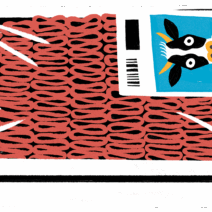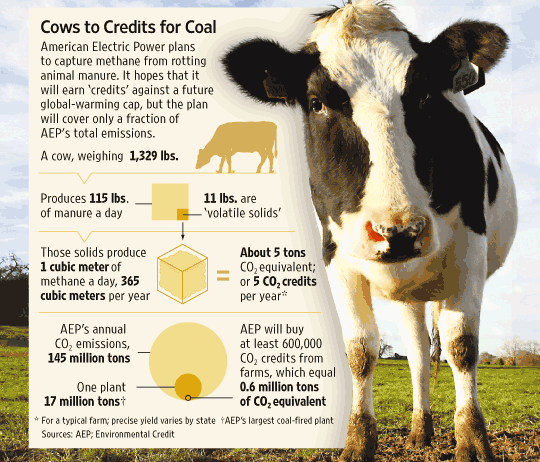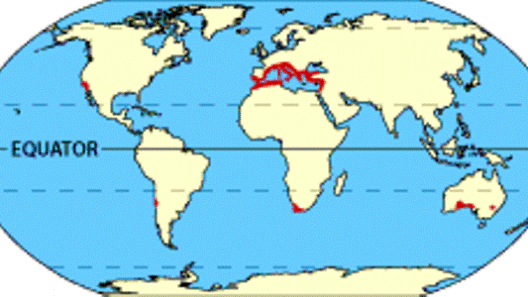The climate change narrative has increasingly drawn attention to the role of livestock, particularly cows, in exacerbating global warming. The idea that cows contribute significantly to climate change primarily stems from their production of methane, a potent greenhouse gas. However, the complexity of this issue warrants a thorough examination, as the relationship between bovines and environmental impact is multifaceted and often misrepresented.
First and foremost, it is vital to understand the physiological processes behind methane emissions. Cows are ruminants, meaning they possess a specialized stomach that allows them to break down fibrous plant materials through a process known as enteric fermentation. This digestive process, while essential for nutrient extraction, also produces methane as a byproduct. It is estimated that each cow emits approximately 100 to 200 kg of methane each year. This emission is significant considering the global cattle population exceeds one billion.
Nonetheless, framing cows as the singular adversary in our climate dilemma is an oversimplification. Methane is not only produced by livestock; it also emanates from various other sources. In fact, landfills, coal mining, and oil extraction contribute considerably to methane emissions. Understanding methane’s role within the broader context of greenhouse gases is crucial. While it has a far more significant warming potential than carbon dioxide over a short timeframe, it remains in the atmosphere for a shorter duration. Thus, while it is imperative to reduce methane emissions, it is not the only avenue through which we can mitigate climate change.
A deeper examination reveals that cows and cattle ranching play vital roles in various ecosystems. Grazing can contribute positively to soil health, especially in grassland regions. Managed grazing practices can enhance soil carbon sequestration, leading to an ecological equilibrium that may promote biodiversity and improve the resilience of the ecosystem against climate change. These practices can transform ranching from a liability into an asset within the climate conversation.
Moreover, the argument against cows must consider the socio-economic implications. The livestock industry underpins the livelihoods of millions globally. In many developing countries, cattle are not merely a food source but also a means of transportation, a form of wealth, and even a cultural symbol. Transitioning away from livestock-based agriculture poses significant challenges, risking the economic stability of vulnerable communities.
Another angle worth exploring is the effect of cattle farming on land use and deforestation. Expanding agricultural land for feed production or grazing contributes to the destruction of forests—an essential carbon sink. While this is a significant concern, it is critical to attribute the problem to practices and systems rather than the cattle themselves. Sustainable agricultural practices and improved land management can mitigate these effects while allowing for livestock farming to continue.
Additionally, technological advancements are emerging as a promising solution to reduce methane emissions from cows. Innovations such as feeding inhibitors, which alter the digestive process, and selective breeding programs target traits associated with lower methane output. Research into algae-based supplements has shown potential in reducing methane emissions by up to 80% when integrated into a cow’s diet. These advancements represent a shift toward a more sustainable framework for cattle ranching rather than an outright elimination.
The conversation surrounding cows and climate change is often polarized, with some advocating for complete cessation of livestock farming and others staunchly defending it. However, a middle ground can be found through the promotion of sustainable and regenerative practices. Emphasizing localized, ecological farming practices, where livestock are integrated into diverse agricultural systems, can yield both environmental and economic benefits.
Public policy also plays a crucial role in addressing the intersection of agriculture and climate change. Incentives for sustainable practices, support for family farms, and subsidies for research into efficient livestock management can help transition the industry toward a lower-emission future. Engaging the agricultural community in dialogue about climate realities fosters collaboration and yields practical solutions that extend beyond ideological battles.
Furthermore, consumer behavior can influence livestock farming practices. Awareness campaigns and educational initiatives can encourage consumers to make informed dietary choices that consider environmental impacts. A balanced diet with reduced red meat consumption, complemented by a focus on sustainable farming practices, can decrease demand for high-emission livestock while promoting healthier ecosystems.
Ultimately, the question of whether cows are the root cause of climate change—or simply a scapegoat in the broader environmental narrative—is nuanced. Understanding the larger context of agricultural systems, environmental science, and socio-economic realities is paramount. While cows undoubtedly contribute to methane emissions, they should not be vilified without recognizing the potential for sustainable practices that can mitigate harm. This balanced approach will illuminate pathways toward an equitable solution for the environment, the economy, and society as a whole.
In conclusion, cows epitomize the complexities of climate change discourse. Rather than viewing them as a primary cause, stakeholders must consider the broader implications involved in agriculture, land management, and socio-economic realities. With a commitment to innovative practices and enhanced public understanding, we can navigate toward a sustainable future that safeguards both our planet and the livelihoods reliant on it.







